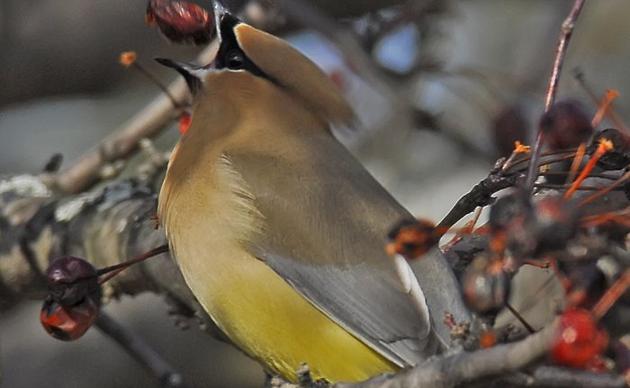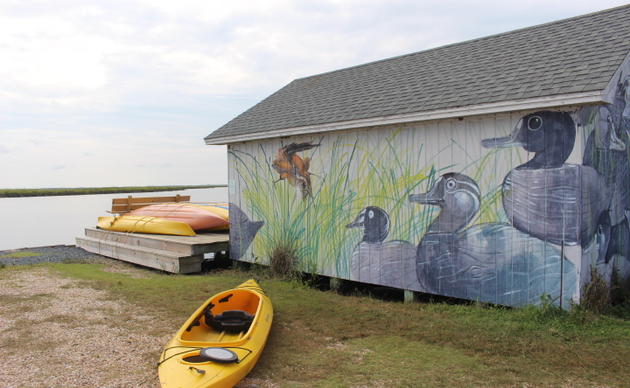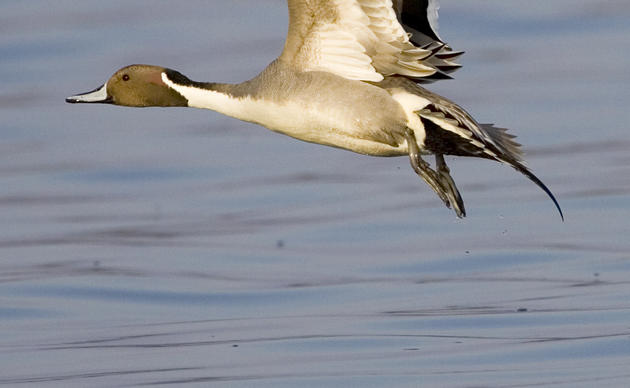Audubon's Vision for Protecting Marshes at the Sanctuary
The Donal C. O’Brien, Jr. Sanctuary is located on the northern Outer Banks of North Carolina, a strip of land embraced by the Atlantic Ocean to the east and Currituck Sound to the west. As one of the last remnants of the original Outer Banks landscapes, it is a place worth protecting.
Audubon North Carolina contributes to major environmental and wildlife conservation efforts across the state, and Currituck Sound, with its extensive marshes and waterways, is no exception. We have developed a conservation plan that will not only improve the quality of habitat within the marsh complex we own, but with partners, will help protect and restore all of Currituck Sound's marshes.
As North Carolina’s first Audubon Center, we'll conduct conservation research on site to learn about human and natural changes to Currituck Sound. This important research will not only benefit the local ecosystem, but we'll be able to apply these important discoveries to marshlands across the Atlantic Flyway, the migration route encompassing the east coast of the United States.
An Important Bird Area
The Audubon Sanctuary is part of the Currituck Marshes-Pine Island Important Bird Area, made up of an extensive system of marshes, creeks, channels and open water. The Sanctuary is home to elusive marsh-birds such as rails, bitterns and sparrows, and supports a diverse wildlife population. The Sanctuary includes more than 2,600 acres of marshes and bottomland areas, as well as about 370 acres of dry sandy areas and upland maritime forests.
Watching Water Quality
Water quality in marshes affects the overall health of the Sound and its inhabitants. As we lose marshes and aquatic plants, sediment that used to become trapped and settle to the bottom of the marsh now floats in the water. The floating sediment blocks light from penetrating the water, making it even harder for plants to grow. This cycle harms the wildlife that rely on the Sound and its aquatic vegetation for food and shelter.
Through our conservation plan for the Sanctuary, Audubon and our partners will work to rejuvenate the marshes and encourage the growth of aquatic vegetation. By doing this, we are building the foundation for long-term sustainability of birds, wildlife and their habitats, as well as maintaining high water quality in the Sound.
Ever-Changing Marshlands
Currituck Sound has changed dramatically over the past 100 years, both through the natural forces of tides, winds and storms, and the impacts of massive development. The county loses 72 acres of marsh every year due to the combined effects of erosion and rising sea level. It is important to raise awareness of the changing landscape in order to preserve and sustain what is left.
Through the research conducted at the Sanctuary, we will be able to better understand the effects of erosion and rising sea levels in order to create and test solutions that benefit both people and wildlife.
To learn more about our work to protect marshes in North Carolina, sign-up for our eBulletin.
How you can help, right now
Stay in Touch with Pine Island
Learn about the bird conservation research taking place at Pine Island and find nature-focused events happening at this Important Bird Area along the Outer Banks in our periodic eBulletin.
Kayak Sign-up
Click Orange Button to register for Guided Kayak Programs
Protect the Sanctuary
Every donation will be used to protect the 6,000 acres of marsh complex within the sanctuary and the wildlife it supports.




